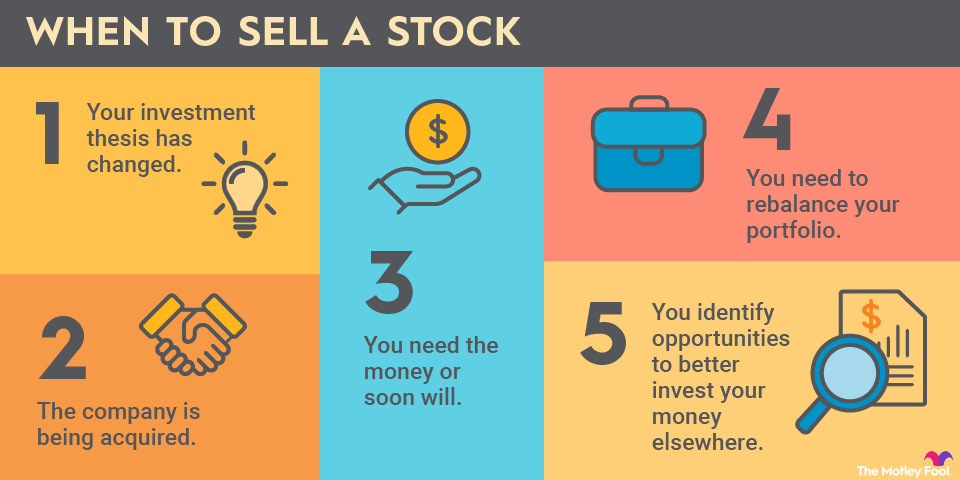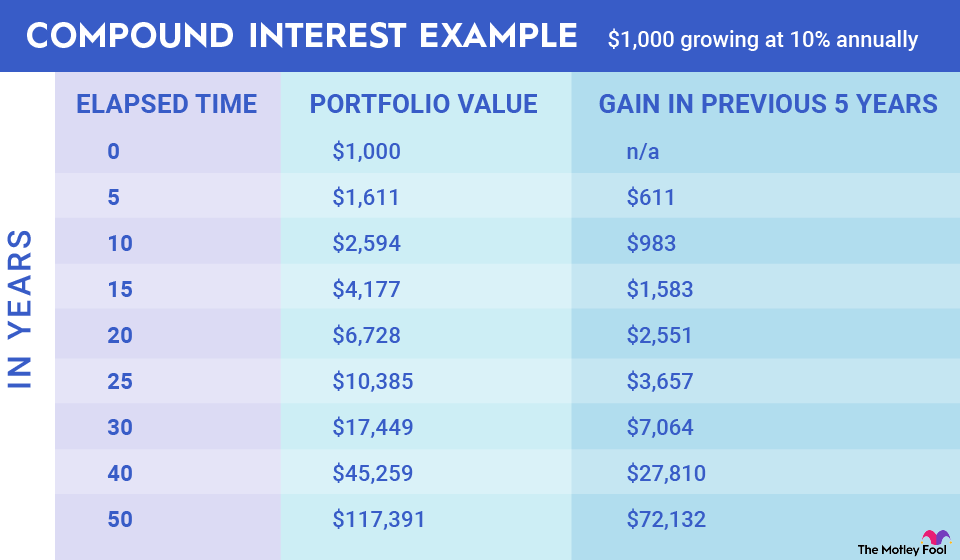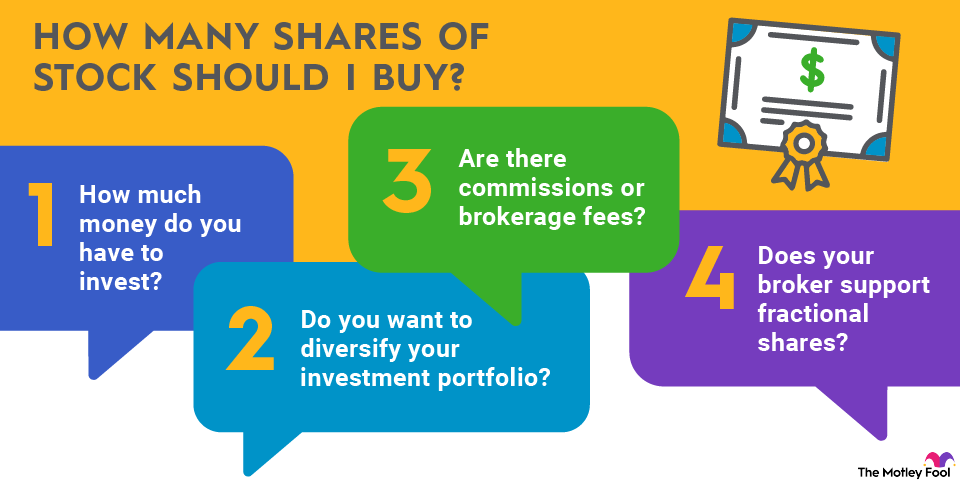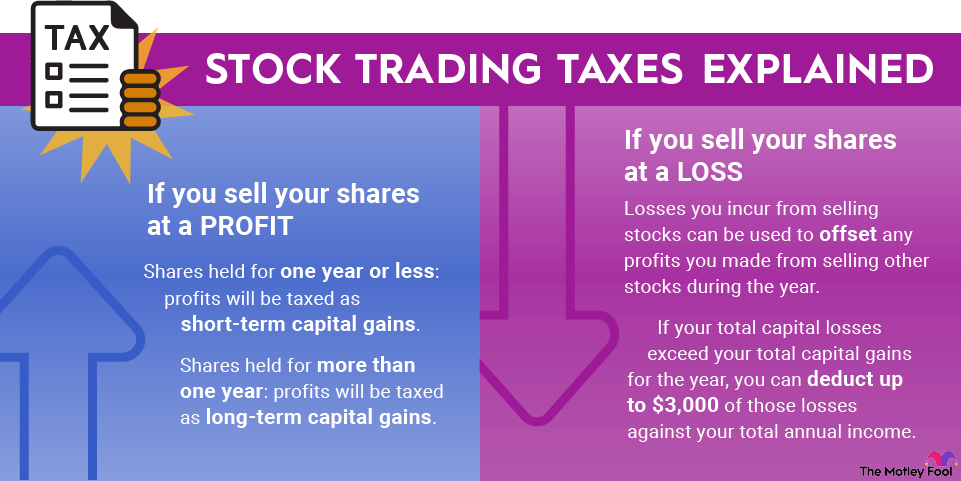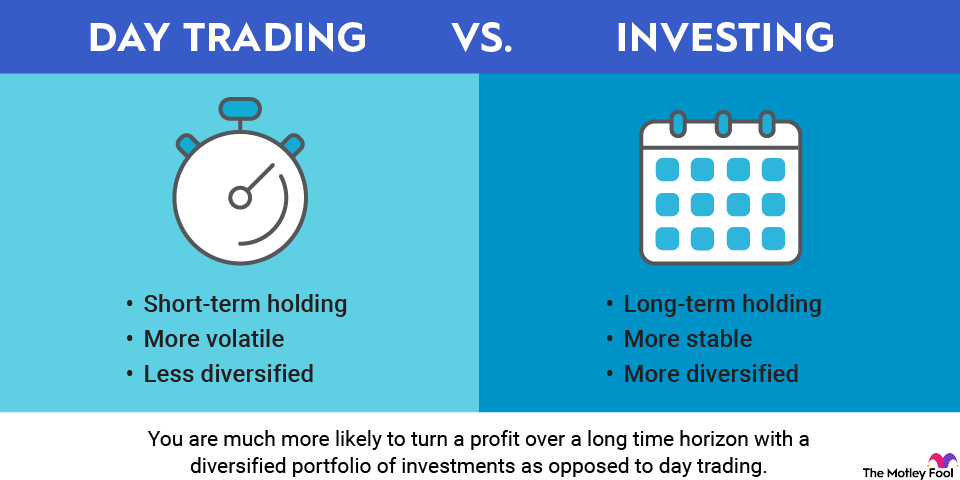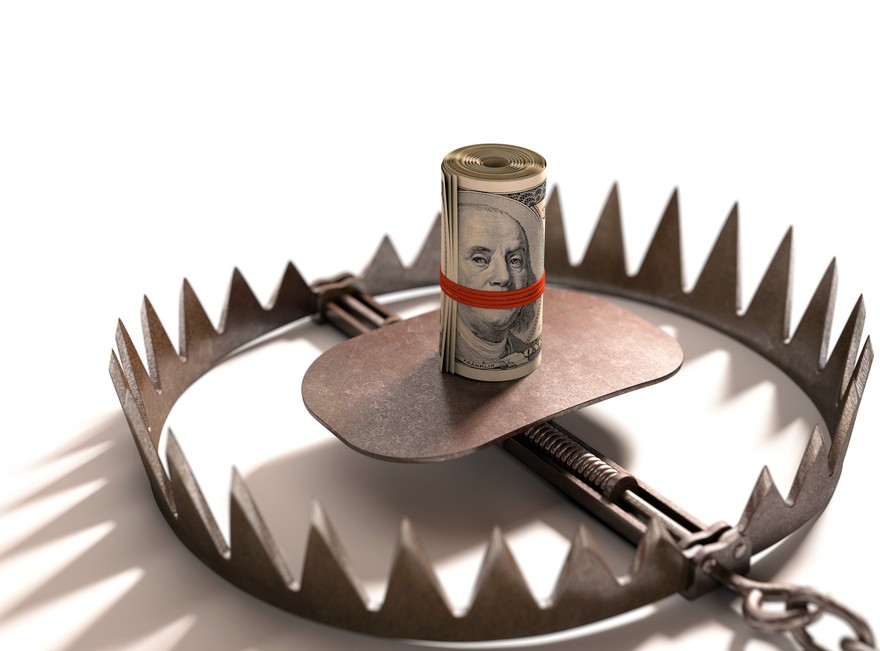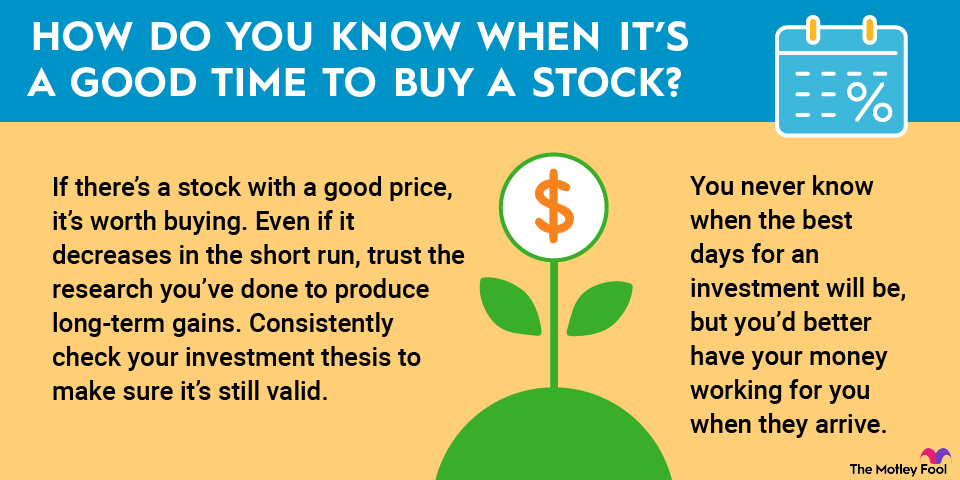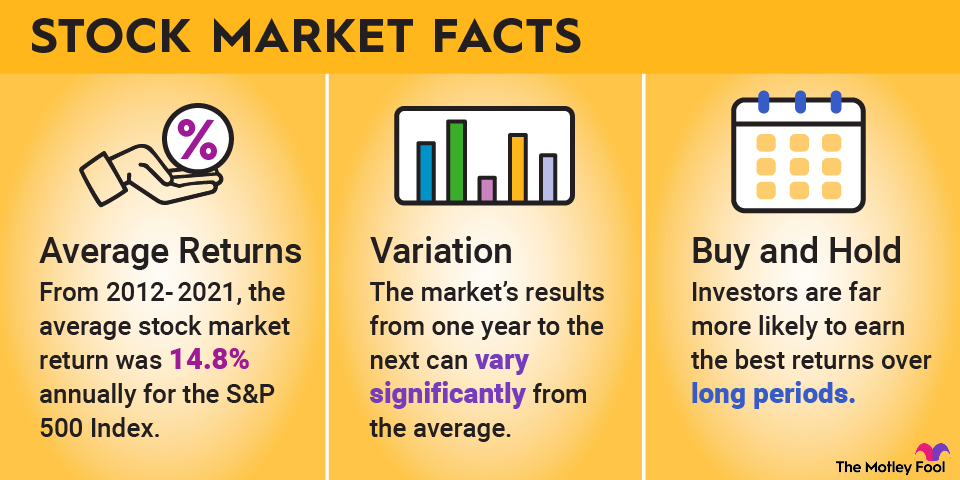State Farm is the leading auto and homeowners insurance provider in the U.S. In 2023, it held a market share of 16.8% for its auto insurance segment and an 18% market share for homeowners insurance. The company also provides other types of insurance coverage, like life insurance, health insurance, and small-business insurance.

Shareholder
How to buy State Farm stock
You can't buy State Farm stock because it's not publicly traded. If you want to buy stock in publicly traded companies, you can do so in four easy steps.
Step 1: Open a brokerage account
Before you place your first trade, you'll need a brokerage account. You could also make trades using an individual retirement account (IRA) if you're investing for the long term. You'll need to provide your basic information, including your name, date of birth, address, Social Security number, and possibly the name of your employer. Then, you'll need to deposit funds to place a trade.
Step 2: Determine your budget
Diversification -- basically, the practice of spreading your risk across multiple companies -- is vital in investing. So, an individual stock should only make up a small percentage of your overall investment budget.
You'll also need to decide whether you want to make a one-time investment or a recurring investment. Many investors have greater success using a dollar-cost averaging strategy, where you invest the same amount on a set schedule.
Step 3: Do your research
Before you buy stock in a company, make sure you know how it makes money, who its competitors are, and the basics of its balance sheet. You should also understand the basic risks and rewards associated with the industry.
SEC (Securities and Exchange Commission)
The position isn't too surprising, given Buffett's affinity for insurance stocks. The company trades for around 11 times trailing earnings, suggesting it's a good value play, and its low 86.5% combined ratio shows its underwriting strength. Chubb is also a reliable dividend payer, with an annual yield of about 1.3% based on its stock price as of mid-2024.
3. Prudential
Unlike State Farm, whose bread and butter is property and casualty insurance, Prudential is a leading life insurance provider. In 2023, it held the fourth-largest market share for life insurance by premium and was the fourth-largest life insurance company by market share.
Although State Farm also offers life insurance policies, its market share is only about half of Prudential's. Prudential is also a leading provider of investment products, including workplace retirement accounts like 401(k)s.
Prudential is a strong dividend stock. Its annual yield is around 4.6%, more than three times the yield of the S&P 500 index.
The company increased its pre-tax adjusted operating income in the first quarter of 2024 by 16% over the first quarter of 2023, posting strong growth in its retirement business and benefiting from higher interest rates. The company has also taken cost-saving steps, like shuttering Assurance IQ, an insurance tech start-up it acquired in 2019 for $2.35 billion. Prudential also focuses on growing its international markets, particularly in Africa and Asia.
Step 4: Place your order
To place an order, you'll need to type in the stock's ticker and the number of shares or dollar value of shares you want to buy. You'll also need to specify whether you're placing a market order or limit order. With a market order, your broker will immediately place the trade, but a limit order instructs your broker to execute the trade only at a price you specify.
Is State Farm profitable?
Despite adding 3 million new policies, State Farm reported a net loss of $6.3 billion in 2023, slightly under the $6.7 billion loss it posted in 2022. The insurer's property and casualty insurance companies had a combined underwriting loss of $14.1 billion on $87.6 billion in earned premiums.
In a news release, State Farm attributed the underwriting losses to "continued elevated claims severity and significant catastrophe activity" in both auto and home insurance. State Farm sustained steep underwriting losses due to recent extreme weather events.
In the third quarter of 2023 alone, there were at least eight $1 billion weather events, including Hurricane Idalia, hailstorms in the South, and extreme wind events in the Southeast and Midwest. The company also had more homeowner exposure than any carrier in Hawaii, where firestorms devastated the island of Maui last year.
Like other insurers, State Farm has also experienced a jump in auto insurance claims severity. One factor is that cars have become more expensive and complex to repair.
A bright spot for State Farm was its life insurance business. Its life insurance companies issued a record $118 billion in new policy volume, bringing the value of its in-force life insurance policies to $1.1 trillion. State Farm companies paid out $725 million in dividends to policyholders with whole life insurance in 2023.
ETFs with exposure to State Farm
Since it isn't publicly traded, you won't find exchange-traded funds (ETFs) that include State Farm in their holdings. However, plenty of ETFs offer exposure to similar insurance stocks. Here are three examples:
Exchange-Traded Fund (ETF)
- iShares U.S. Insurance ETF (NYSEMKT:IAK): The fund tracks an index of 55 insurance stocks in the U.S., including companies that provide life insurance, property and casualty insurance, and full line insurance. Its ETF expense ratio is 0.40%, meaning if you invested $1,000, you'd pay $4 in fees.
- Invesco KBW Property Casualty & Insurance ETF (NYSEMKT:KBWP): There's significant overlap between the Invesco KBW Property Casualty & Insurance ETF and the iShares U.S. Insurance ETF. The top three holdings of both are Progressive, Chubb, and American International Group (AIG). However, the Invesco fund's 24 holdings are exclusively property and casualty insurers, while the iShares fund invests in a wider mix of insurance stocks. The fund's expense ratio is 0.35%, which amounts to $3.50 in fees on a $1,000 investment.
- Vanguard Financials ETF (NYSEMKT:VFH): If you want to invest in a broader umbrella of financial stocks, consider the Vanguard Financials ETF. With 410 holdings, the fund's largest concentrations are in diversified banking and payment processing companies, but insurance businesses account for about 25% of its holdings. The fund's expense ratio is 0.1%, meaning you'll pay $1 in fees on a $1,000 investment.
Should I invest in State Farm?
If you're in the market for a new investment account, like an IRA, 529 plan, or brokerage account, you could look into State Farm offerings. However, State Farm investments require working with a State Farm agent. You may find it more convenient to simply open an investment account online, which you can do in just a few minutes through most major brokerages.
You can't invest in State Farm or buy State Farm stock, as it's owned by its policyholders. However, you can buy shares of publicly traded insurance companies.
Investing in insurance stocks could make sense if you're seeking steady growth and dividend income. The insurance business tends to be relatively recession-resistant since people still need to buy auto, home, and health insurance even in tough times. Insurance companies also tend to benefit from higher interest rates because they make money by investing premiums.
It's important to be aware of the risks, though. A higher-than-expected number of catastrophic claims can have a huge impact on an insurer's profitability. Poor market conditions can also dampen an insurer's profits from premium investments.
Related investing topics
The bottom line on State Farm
State Farm isn't publicly traded and is unlikely to make a stock market debut in the foreseeable future. You can invest in other publicly traded insurance companies using your brokerage account, though. If you buy a State Farm insurance policy, you'll technically become an owner in the company. You can also check out State Farm investment products if you're willing to work with an agent.



